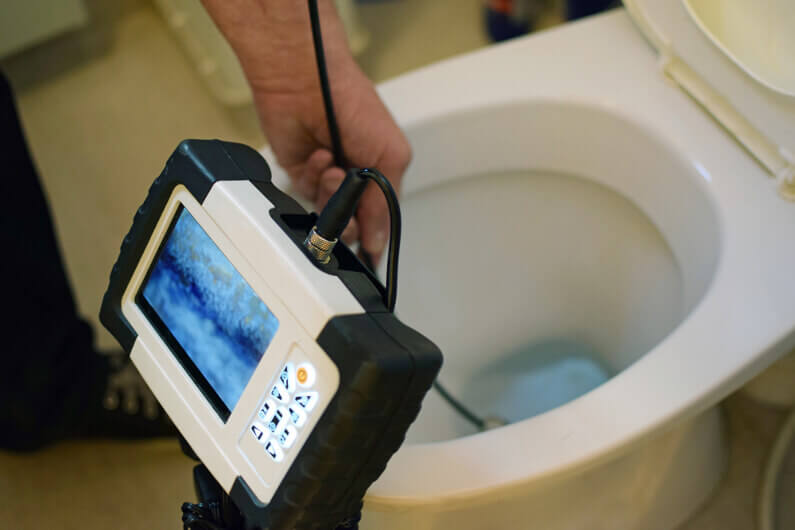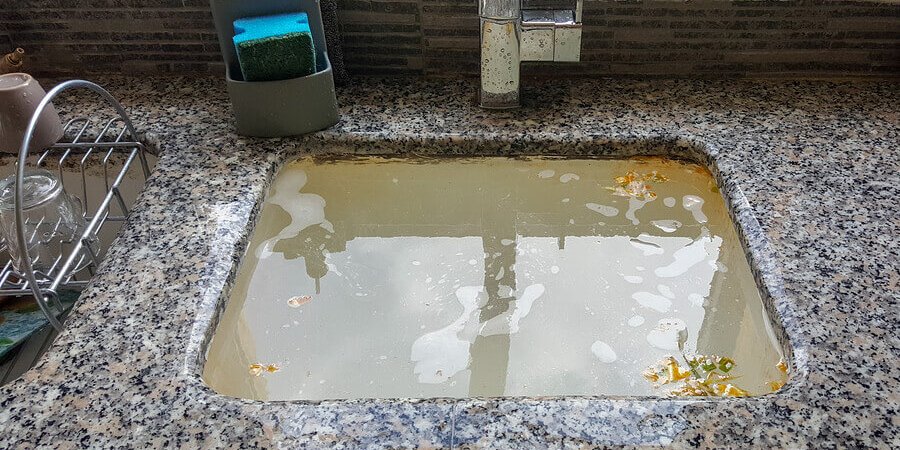Guidelines for Handling a Blocked Drain Prior to Contacting Plumbing Professionals
Guidelines for Handling a Blocked Drain Prior to Contacting Plumbing Professionals
Blog Article
They are making a number of great pointers regarding What I learned from trying to deal with a clogged drain in general in the article following next.

Intro
Managing an obstructed drain can be a frustrating experience, interrupting everyday tasks and possibly causing damage to your building. Nonetheless, before reaching out to plumbing specialists, there are steps you can take to deal with the problem yourself. In this overview, we'll explore DIY solutions and safety nets to take on an obstructed drainpipe properly.
Identifying the Problem
The primary step in attending to an obstructed drainpipe is identifying the indicators. Sluggish drain, gurgling audios, foul odors originating from drains pipes, or water support up are common indications of an obstructed drainpipe. Recognizing these indications early can help prevent additionally complications.
Selecting the Right Plumbing Service
When picking a pipes service, consider factors such as experience, licensing, and consumer reviews. Select a trusted plumbing technician with a performance history of quality craftsmanship and transparent rates practices.
Expense Factors to consider
The price of expert drainpipe cleaning company can differ relying on the severity of the clog and the plumbing professional's prices. Request quotes from several providers and ask about any surcharges to make certain openness and avoid shocks.
Safety and security Measures
When trying DIY drainpipe cleansing, focus on safety and security. Put on protective gloves and eyeglasses to avoid contact with unsafe chemicals or bacteria. Never mix different drainpipe cleansing items, as this can produce dangerous fumes.
Instance Studies
Real-life examples illustrate the effectiveness of do it yourself remedies and the relevance of timely professional intervention in fixing drain clogs.
Common Causes of Obstructed Drains
Understanding the elements that add to drain pipes blockages is vital for effective resolution. Typical wrongdoers include hair, soap scum, grease, food debris, and foreign items like hygienic items or paper towels. Tree origins getting into underground pipelines can likewise create significant blockages.
Do it yourself Solutions
For minor clogs, several do it yourself services can be reliable. Pouring boiling thin down the drainpipe can assist liquify oil and particles. Baking soda and vinegar or a combination of salt and baking soft drink can act as natural cleaners. Making use of a bettor or pipes snake to dislodge obstructions is another option.
Tools and Equipment
Having the right tools available can make DIY drainpipe cleansing a lot more reliable. A bettor is a functional tool for clearing obstructions in sinks, commodes, and showers. A plumbing snake or auger can get to much deeper blockages, while drain cleaning chemicals can be utilized carefully for persistent obstructions.
Preventive Measures
To avoid future clogs, adopting preventive measures is important. Set up drain guards or filters to capture hair and debris before they get in the pipes. Frequently flush drains with hot water to dissolve oil buildup, and stay clear of dealing with oil or solid waste away.
When to Call an Expert
While do it yourself solutions can fix minor obstructions, particular signs show the requirement for professional support. Relentless blockages, foul odors regardless of cleansing efforts, or multiple drains backing up concurrently are red flags that necessitate expert intervention.
Verdict
By adhering to the pointers detailed in this guide, you can effectively deal with obstructed drains pipes and prevent future plumbing issues. Whether choosing DIY services or seeking specialist aid, punctual activity is crucial to preserving a healthy and balanced pipes system and protecting the integrity of your home.
WHAT I LEARNED FROM TRYING TO DEAL WITH A CLOGGED DRAIN
We have had our share of seepages and other annoying things that are part of living, especially in an apartment complex. And if there’s one thing that’s terrifying for a homeowner—or even someone in a rented home—it is a clogged drain, indoors or outdoors.
We enjoy our living space, but it’s simply a fact of life that dead skin, soap and a host of other items go down the drain; eventually, the residue builds up and prevents anything from moving. Ugh.
Not Calling A Professional
Of course, it might seem simple to just whip the pipe off under the sink and see if you can unblock it. Unfortunately, what if the blockage isn’t there, or you don’t reconnect it properly? Worse, you might break a piece and have no drainage system. Can you imagine that scene? Yuck!
Not Watching Your Waste
This will sound d’uh, but the best tip I can give you for drain cleaning is to avoid clogging the drain in the first place! You can do this by monitoring what goes down the drain and catching the items which are most likely to give you a problem. Invariably hair, vegetable peels, and large wads of toilet paper are the most obvious culprits. Add a filter—these are available in hardware stores and can be removed and cleaned easily.
Poking The Drain
The first urge with a clogged drain is to poke at it with a stick or anything that resembles a stick. Sadly, this does not result in magically solving the issue. The mental image is, naturally, one of the stick just pushing through the offending item and all is well again. Reality is quite different and unpleasant and likely to lead to further problems.
The thing is, every drain has a series of bends that are not visible to us. Drains are built this way to prevent gases from entering the house. What happens when you poke a stick into the drain? Of course, it can’t bend around the corner. The more adventurous people will use force and end up wedging the stick or causing it to break off in the pipe—creating an even bigger issue. Worst thing? The stick will shift the block further down the pipe, creating the space for more to collect. Go ahead! Roll your eyes!
Using The Wrong Plunger
You know what they say: the right tool for the right job! Did you know there are different types of plungers besides the basic one we keep at home for an emergency? Yes, there are. For example, the toilet plunger has a bell-shaped bottom while the sink plunger is flat. This is an important difference and using the wrong plunger will be useless. There’s also a knack in using plungers—they must be placed in such a way that they create an airtight seal and then, moved slowly up and down—not as fast as we imagine.
https://vidyasury.com/2018/01/learned-trying-deal-clogged-drain.html

I'm very intrigued by Some easy tips to fix blocked drains and I am hoping you enjoyed the entry. Liked our blog posting? Please quickly share it. Help another person locate it. Thanks so much for taking the time to read it.
Book Report this page